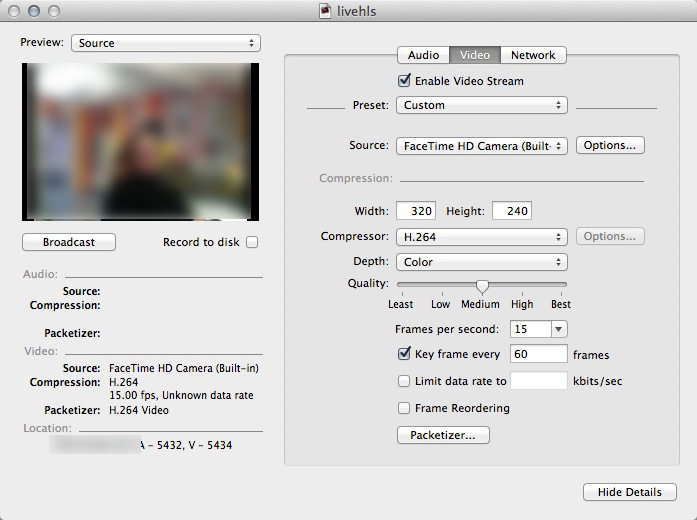

Surprisingly, Google displays individuals using -async and -vsync in the same sentence. These include "-sync 1" and "-sync 2," as well as an auto-detection approach using "-sync -1." However, you may specify the stream to sync against using "-map." Auto-Correcting Time-ShiftĪpart from dropping/duplicating frames in the video stream using -async, use -sync, there are other techniques you can try. The parameter takes a numeric value for the samples per second to fix the issue.Īttempt gradually expanding the - async value until the sound and video are in sync. You can easily do this by using the -async parameter of FFmpeg, which, as per the documentation "Stretches/squeezes" enables the sound stream to match the timestamps. Correct FFmpeg Sync Audio to Video That is Too Fast or Slow

Follow the step-by-step guidelines to tackle the issue. The sound is behind the video (or the video is ahead of the sound)įFmpeg synchronize audio and video delay can be solved by the method followed in this article. The sound is in ahead of the video (or the video behind the sound)Ģ. Basically, all the sound and video out of sync issues reduce to this:ġ. To tackle the synchronization issue, firstly, we need to know its idea. Read on to find out how to fix audio and video syncing issues in FFmpeg. This issue can be tackled in various ways. The best possible aspect is that the synchronization is perfect to enjoy and watch all sorts of videos and movies etc. When sound can be heard after the action has taken place in the video, this kills all the excitement to view the video as a person might have to memorize the dialogue that is followed by the video. This issue can get quite frustrating as you have to concentrate on what the person is saying to match it with the video that runs afterward.

In the audio ahead of the video, the sound plays before the actions occur in the video. It is a common problem that can be fixed in several ways one such way is discussed in this article. The synchronization of audio with the video is disturbed, thereby, hindering the video-watching experience. It can simply be said that when playing a video, the audio either runs ahead of the video or it might run behind the video. AV synchronization can be an issue in TV, videoconferencing, or film. Sound to-video synchronization (AV synchronization, otherwise called lip-sync, or by its absence: lip-sync blunder, lip fold) alludes to the overall planning of sound and video parts during creation, after creation (blending), transmission, gathering, and play-back handling. Common Audio and Video Out of Sync Issues


 0 kommentar(er)
0 kommentar(er)
